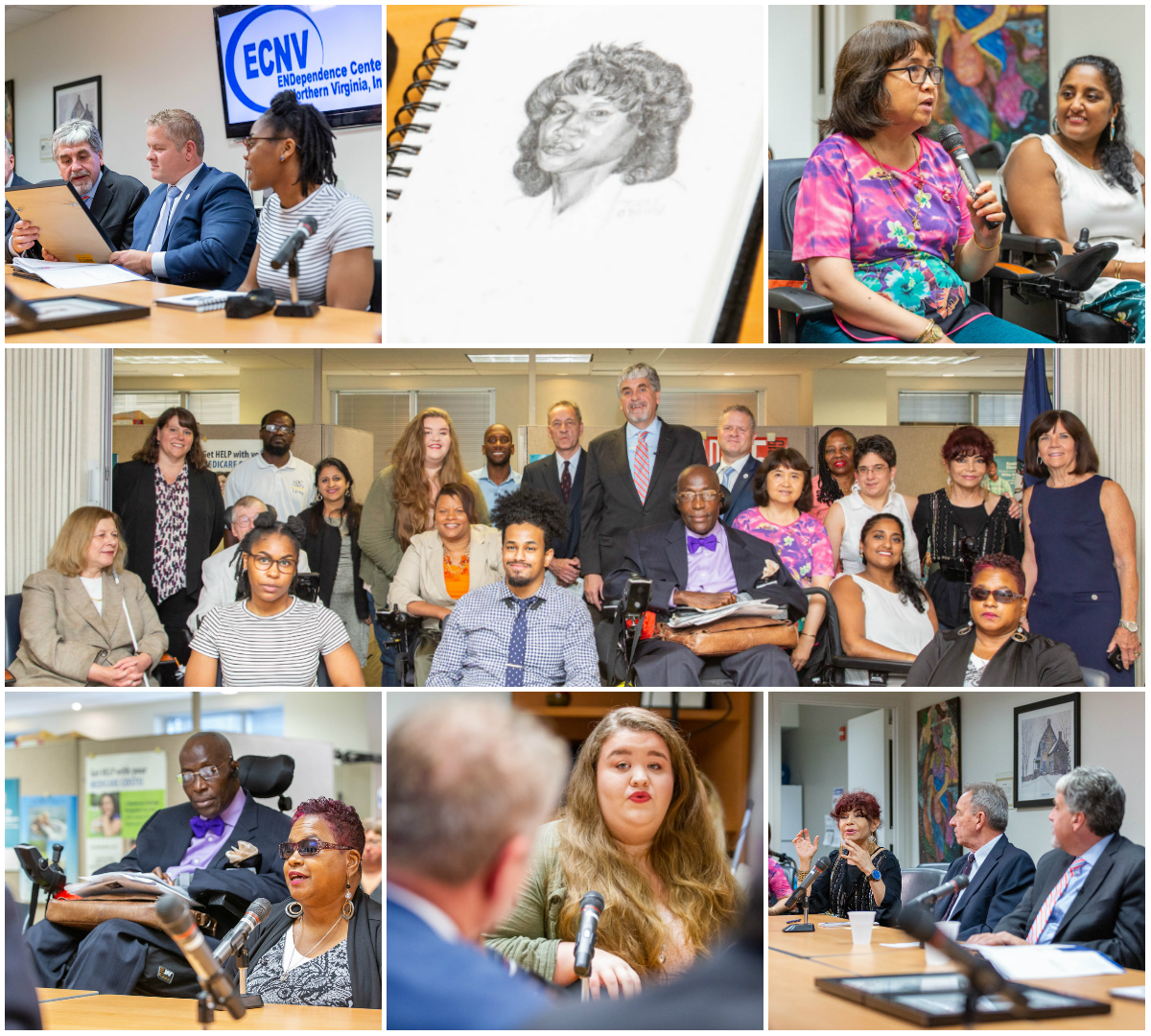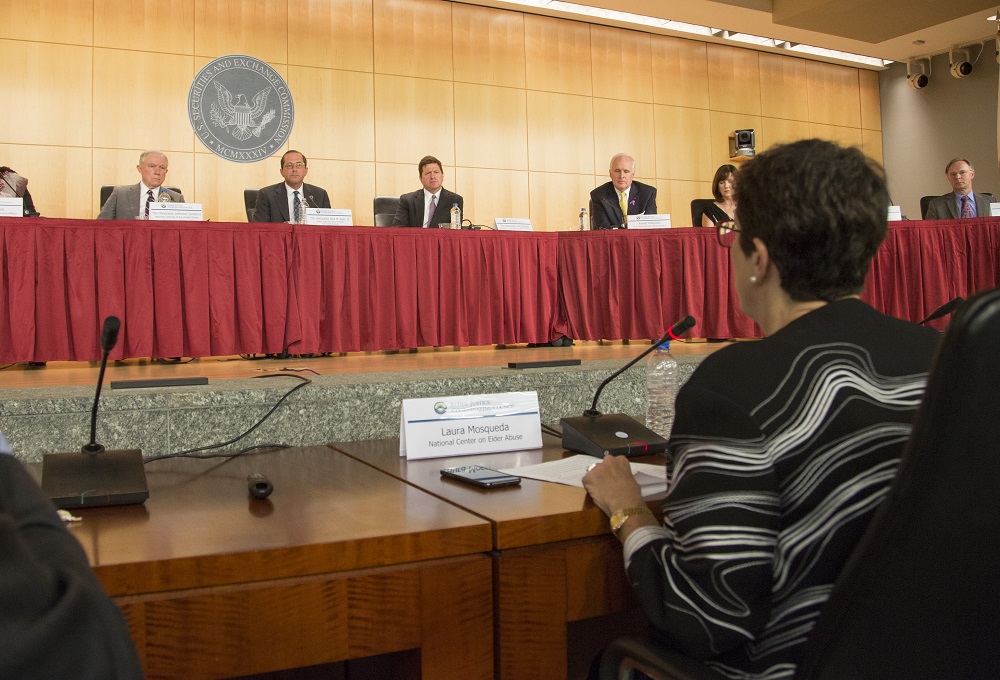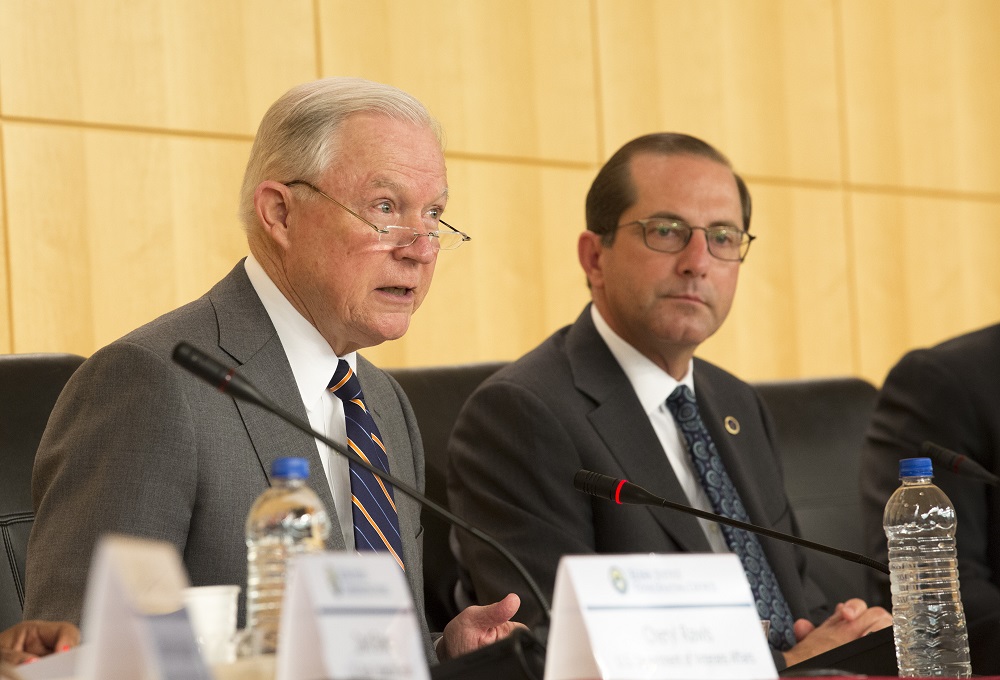Celebrating 29 Years of the Americans with Disabilities Act
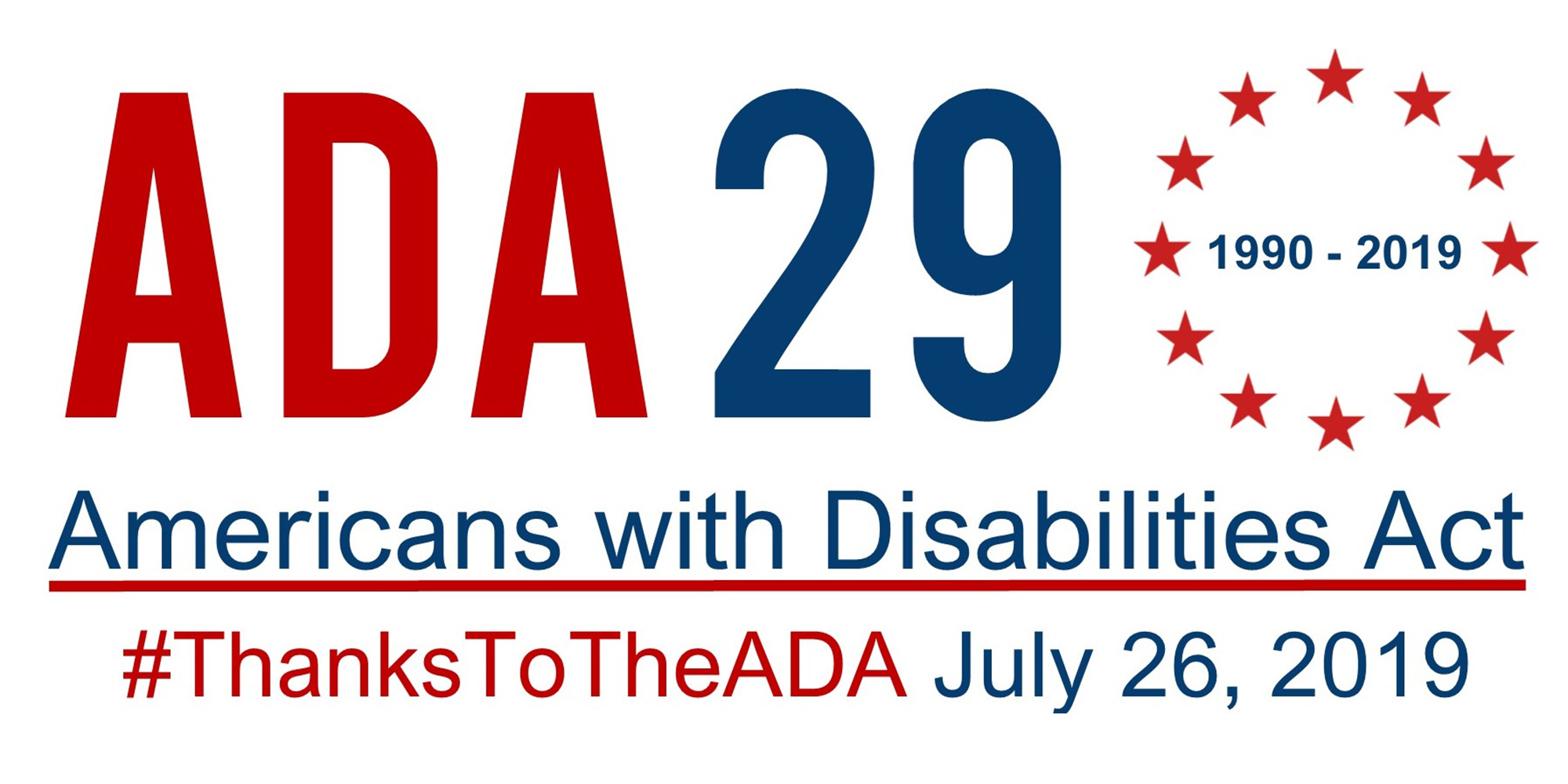 Twenty nine years ago today, our country took an important step toward affirming the dignity and civil right of people with disabilities when President George H.W. Bush signed the Americans with Disabilities Act (ADA) into law.
Twenty nine years ago today, our country took an important step toward affirming the dignity and civil right of people with disabilities when President George H.W. Bush signed the Americans with Disabilities Act (ADA) into law.
Today, an entire generation of people with disabilities has grown up with the protections, rights, and higher expectations offered by the ADA, including many who are now leaders within the disability networks ACL funds. Millions more who have acquired disabilities over the course of their lives have also benefited from the more accessible and inclusive world created by the ADA. Their experiences serve as living proof that with the right services, supports, accommodations, and expectations community living can work for all who seek it. Their experiences have also shown us how much our communities and workplaces can benefit when we include people with diverse abilities and perspectives.
The past 29 years have also taught us that fostering communities where people of all ages and abilities are included requires us to work on many fronts at once. This is why ACL funds such a diverse network of grantees which at any given moment are working to protect rights, conduct rigorous research, develop innovative new technology, reform systems, coordinate services, train self-advocates and family-advocates and much more. It is also why we are so committed to engaging our partners across federal, state, and local government.
One area of particular interest for ACL and our federal partners is promoting competitive integrated employment for people with disabilities. Work is about more than a paycheck. It also is a source of dignity, economic independence, and pride. This is why we are so excited to be leading a first-of-its-kind multi-agency task force for the employment of people with disabilities that will harness each agency’s expertise and resources as part of a coordinated effort to improve employment outcomes for peoples with disabilities.
ACL has also been working with the Centers for Medicare & Medicaid Services and states around the country to promote person-centered thinking and practice and to help states comply with the Home and Community-Based Settings rule. And our partners at the U.S. Department of Justice have been enforcing the Supreme Court's landmark Olmstead v. L.C. ruling clarifying that under the ADA, people with disabilities cannot be unnecessarily segregated and must receive services in the most integrated setting possible.
Speaking of Olmstead, last month ACL hosted a celebration of the twentieth anniversary of that decision. We heard from many important people that day, but for me the most important voices were those of the people with disabilities who have experienced the ADA's impact first hand.
These voices included Kayla McKeon, the manager of grassroots advocacy for the National Down Syndrome Society and the first registered lobbyist with Down syndrome; Liz Weintraub, senior advocacy specialist for the Association of University Centers on Disabilities; and Kimberly Tissot, CEO of the Able SC Center for Independent Living. If you haven’t already, I would encourage you to watch the full video of the event.
McKeon told us that living in the community gives her a voice and independence.
“Community living is so crucial in today’s society,” she said. "Being independent lets me work on my life goals such as grocery shopping, going to the bank ... finding recipes that allow me to maintain a healthy lifestyle, and making a meal for my family,"
ACL was formed around the belief that all people with disabilities should be able to live where they choose, with the people they choose, and participate fully in their communities. The ADA has helped make this vision of community living possible for McKeon and millions of other Americans of all ages with disabilities.
As we celebrate this progress, we also look forward to the future and knocking down the remaining barriers to community living encountered by Americans with disabilities.
- The White House's ADA Anniversary Proclamation
- X-Rays Meet the ADA: Making the Case for Accessible Health Care

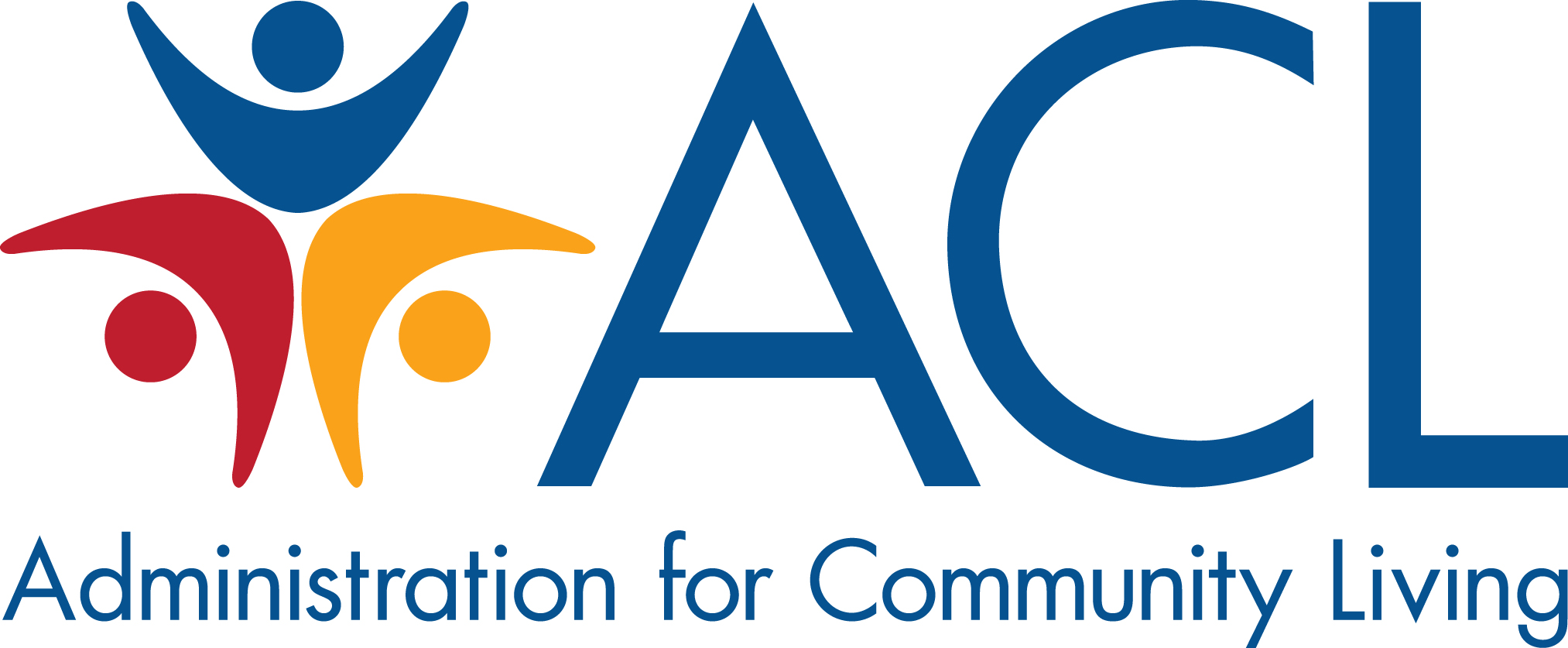
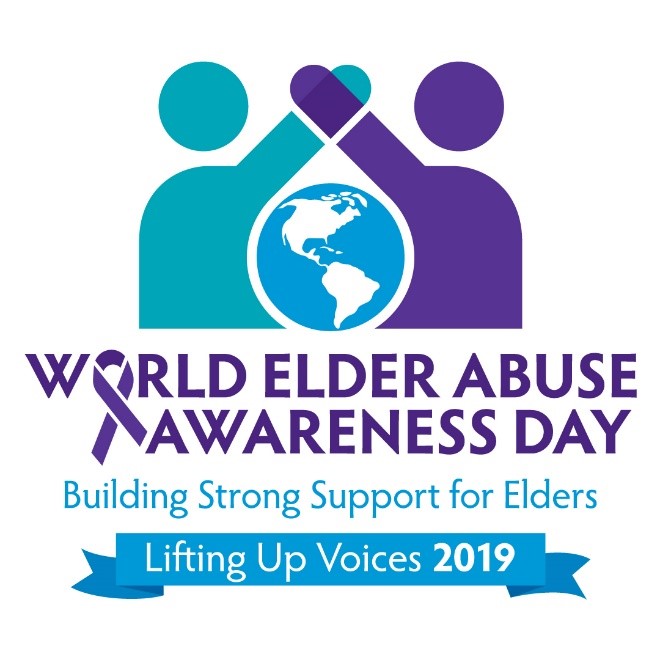
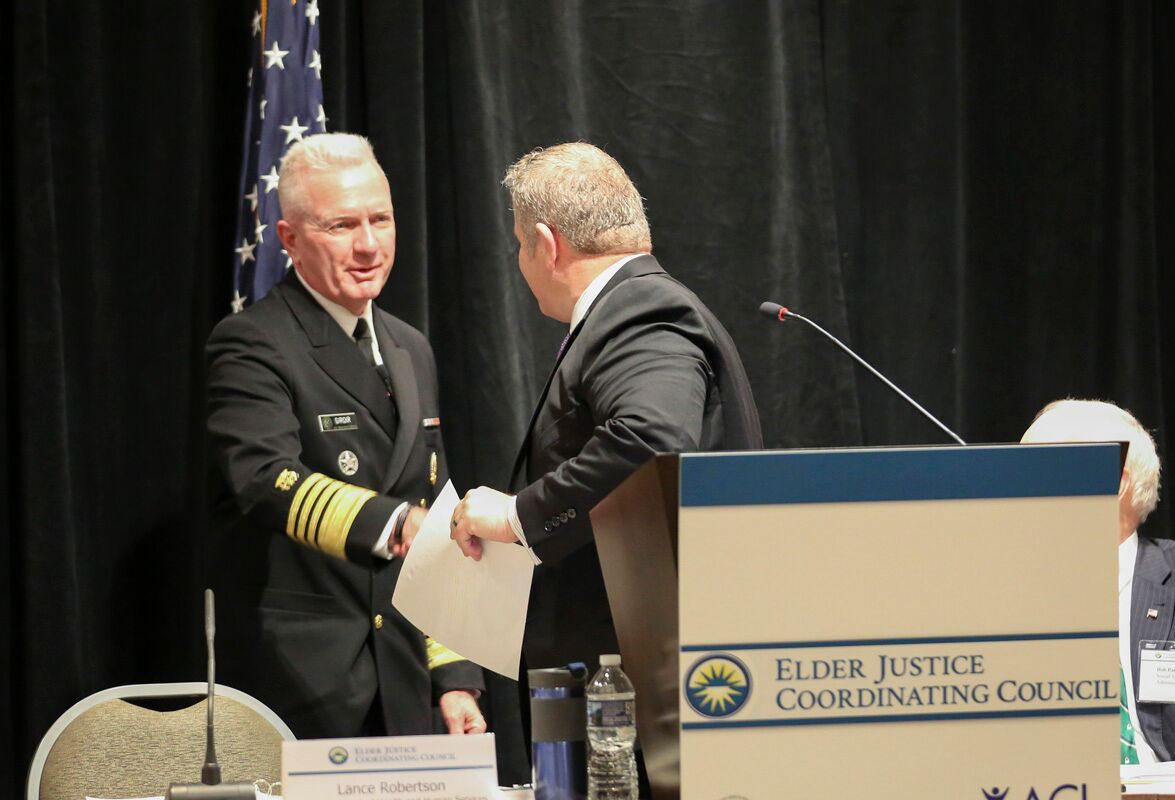
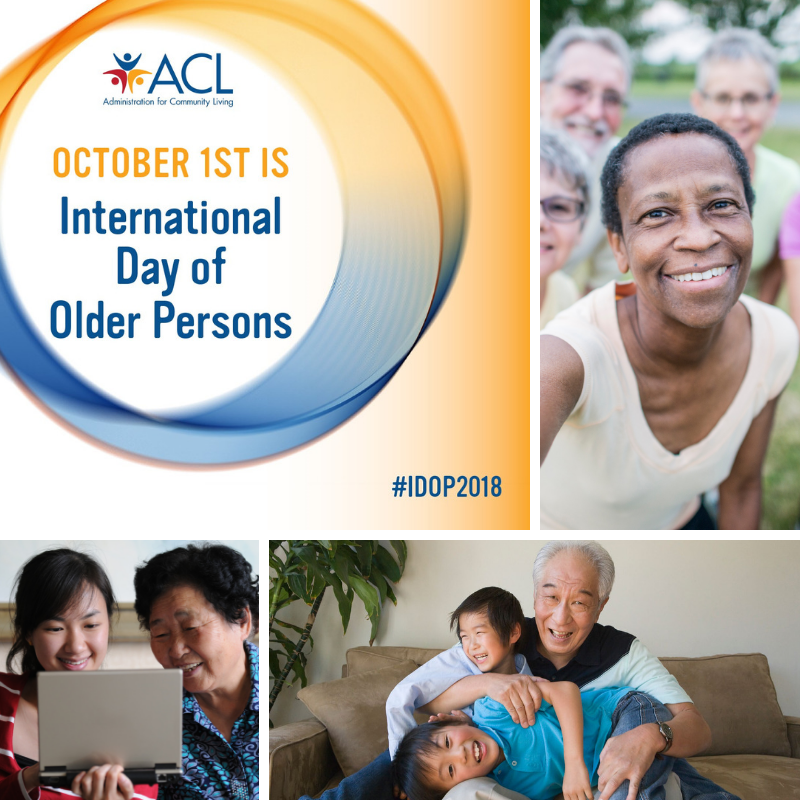
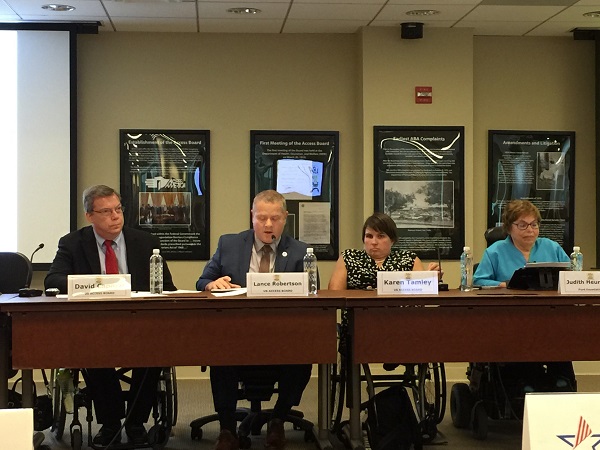 As chair of the U.S. Access Board, I had the privilege of participating in an event today celebrating the anniversary of the Architectural Barriers Act (ABA) of 1968 and the fifty years of progress it helped spark.
As chair of the U.S. Access Board, I had the privilege of participating in an event today celebrating the anniversary of the Architectural Barriers Act (ABA) of 1968 and the fifty years of progress it helped spark.